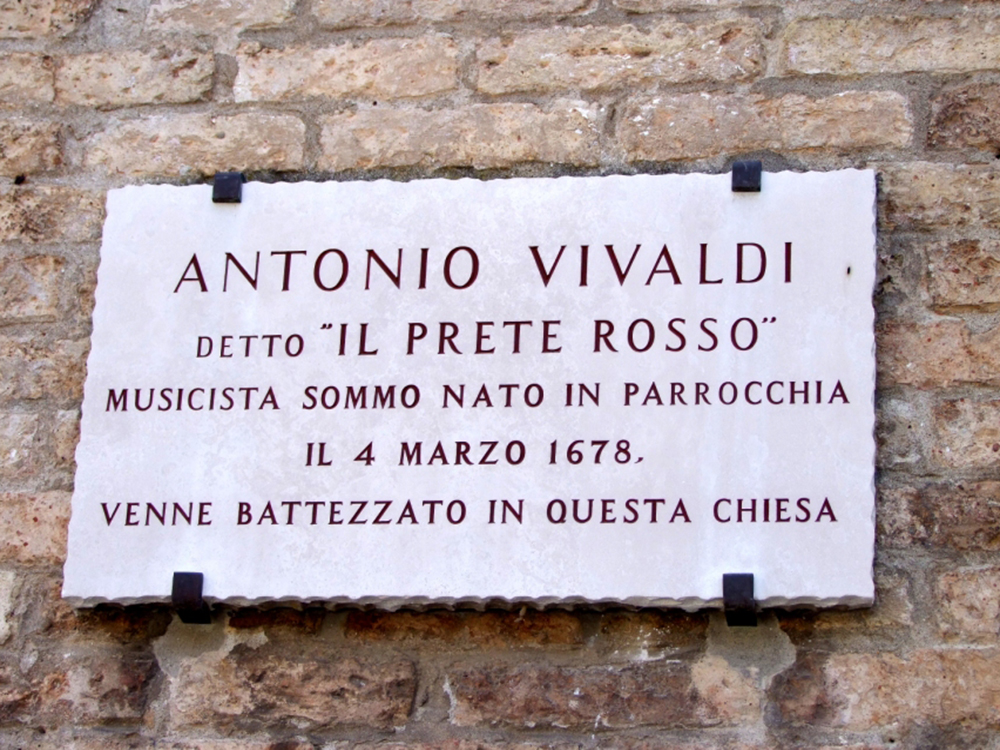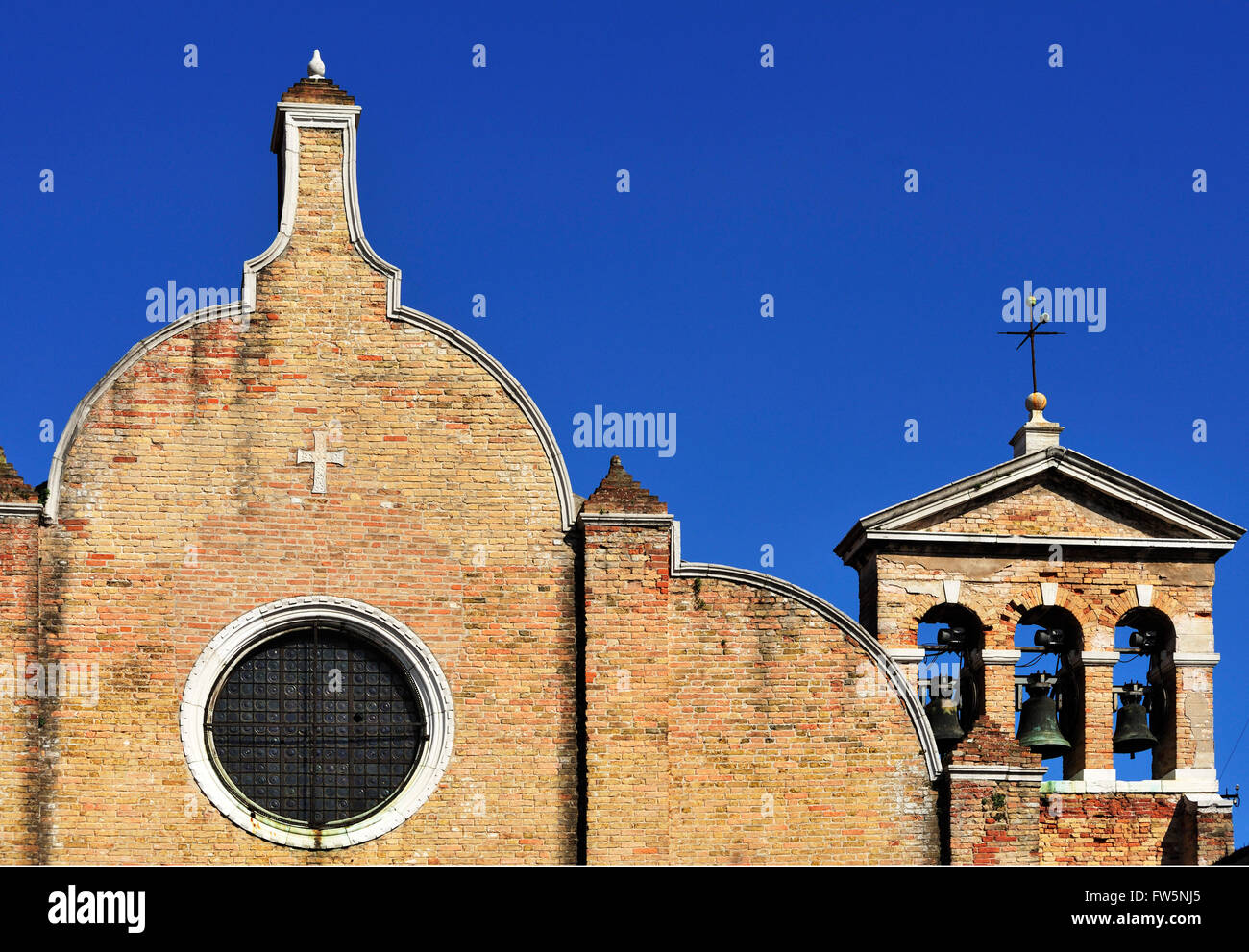- Venice Vivaldi Four Seasons
- Venice Vivaldi Concert San Vidal
- Hotel Locanda Vivaldi Venice
- Venice Vivaldi
Vivaldi, Venice, & the Influence of Italy


Journey to Venice with OSL and the St. Luke’s Chamber Ensemble, in our first Chamber Music program of the season: Vivaldi, Venice, & the Influence of Italy. Join us as we’ll explore the music, art and multicultural life of Venice through works of two of its greatest composers, Monteverdi and Vivaldi, their contemporaries, and the city’s enduring influence on European culture.
Venice the Melting Pot
In the 16th century through the 18th century, Venice was a cultural melting pot, where art, music, and drama flourished. The far off empires that came to trade in its ports left behind pieces of their cultures, from exotic spices and patterned fabrics, to strains of melodies and the blueprints for elaborate mosaics. The artists and musicians who called Venice home absorbed these new ideas into their own works, which were then transported all over Western Europe through paintings, drawings, concertos, and operas. These distinctly Venetian works reflected the city’s centuries-long reputation as a place of economic and cultural exchange. Venetian composers especially, from Monteverdi to Vivaldi, had a profound role in developing and then spreading these new musical ideas throughout Western Europe.
Venice Vivaldi Four Seasons
Monteverdi’s L’Orfeo
Venice Vivaldi Concert San Vidal
Claudio Monteverdi was perhaps the greatest and most influential composer of the 17th century. Like the Renaissance and Mannerist artists before him, Monteverdi explored the power of music to stir emotions in its audience over technical rules and regulations. His 1607 opera, L’Orfeo, based on the Ancient Greek myth of Orpheus and Eurydice, revolutionized the ability of music to tell compelling, human stories and ignited the opera hysteria that would consume the theaters of Western Europe for four centuries. The selections from L’Orfeo, arranged into an instrumental suite for this program, show Monteverdi’s ability to infuse music with drama, conflict, and resolution, especially in the Sinfonia from Act II, Scene 7, when Orfeo descends to Hades.
Dramatic Concertos, Virtuosic Sonatas
Monteverdi’s emphasis on emotion and drama had a lasting effect on the instrumental music of the period as well. His use of ritornellos, or refrains, as framing devices was adopted by the Roman Arcangelo Corelli in his twelve concertos grossos, and was then mastered by the flamboyant Antonio Vivaldi. In over 500 concertos and 90 sonatas, Vivaldi creates tension, variety, and excitement through his incorporation of chromaticism and dance rhythms influenced by Byzantine and Middle Eastern music, and through alternating fast and slow movements, which mirror the emotional peaks and valleys of an opera. The solo sonatas and ensemble concertos included on this program unfold like miniature operas and are full of musical action and pyrotechnic virtuosity.
Hotel Locanda Vivaldi Venice
The Venetian Factor
Those young men in Venice for a stop on the Grand Tour flocked to Vivaldi’s church to hear these mysterious women seen only in silhouette, but sounding like angels. The Gloria itself is a joyful hymn of praise and worship divided into 12 relatively brief movements, ranging from festive brilliance to profound sadness. Venice Classic Radio Italy - Beautiful Classical Music - is an italian webradio of classical music that offers daily a repertoire of early, baroque, chamber, symphonic, contemporary music and opera arias.
Venice Vivaldi
The Las Vegas of its time, Venice was known as a city of pleasure and excess. What became known as the Venetian style in the 17th and 18th century reflected the dizzying, hectic, and exciting everyday life of the city of canals. Austrian-Bohemian composer Heinrich von Biber’s Sonata No. 3 in F Major, with its swirling variations and extravagant virtuosity exemplifies the disorienting urban energy of the Venetian style. Similarly, Corelli’s Sonata for Violin in D Minor, Op. 5, No. 12 “La Folia” is an impressive set of 24 variations, in which the la folia motif is transformed reshaped into disguises, like masked revelers during a celebratory Carnival procession winding through the many canals and passageways of Venice.

